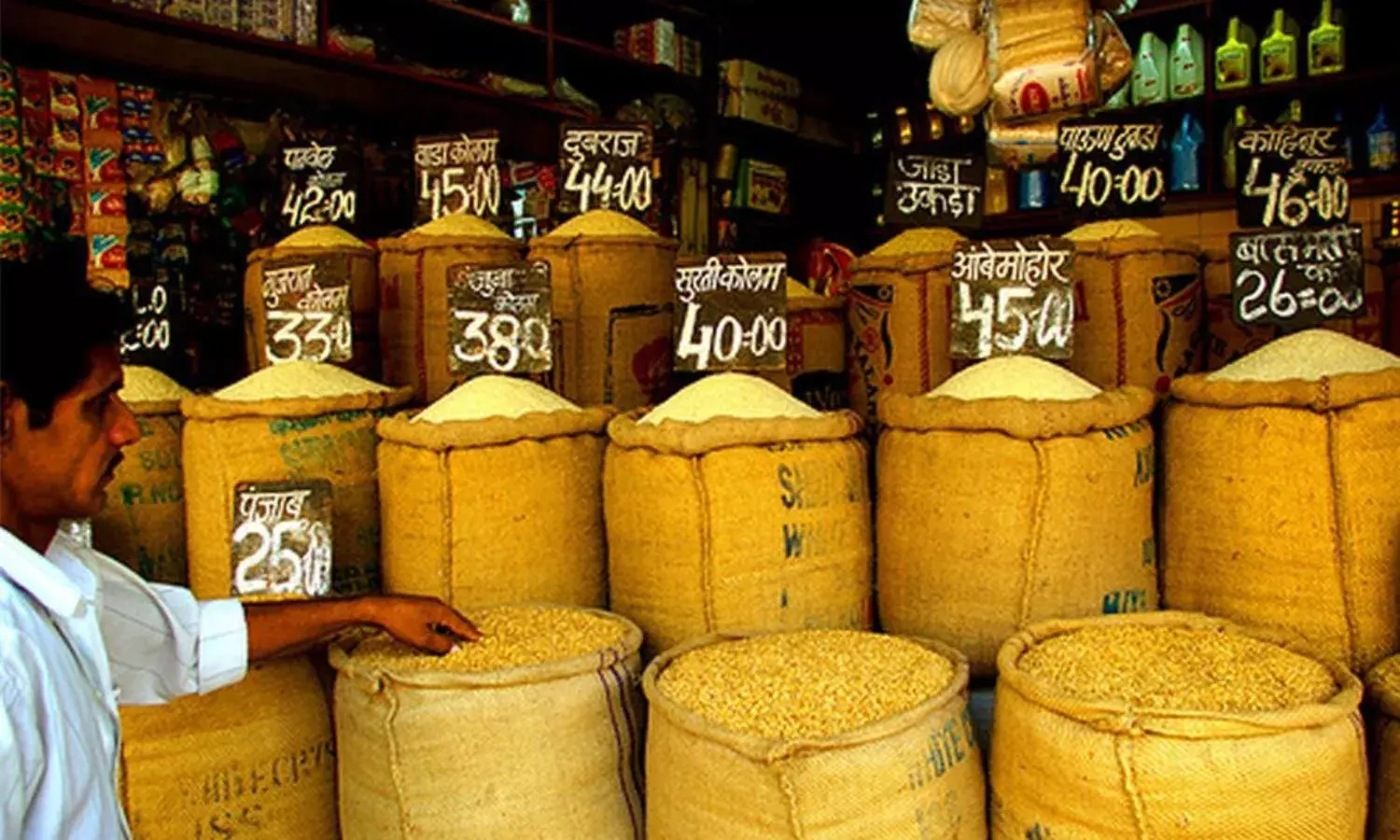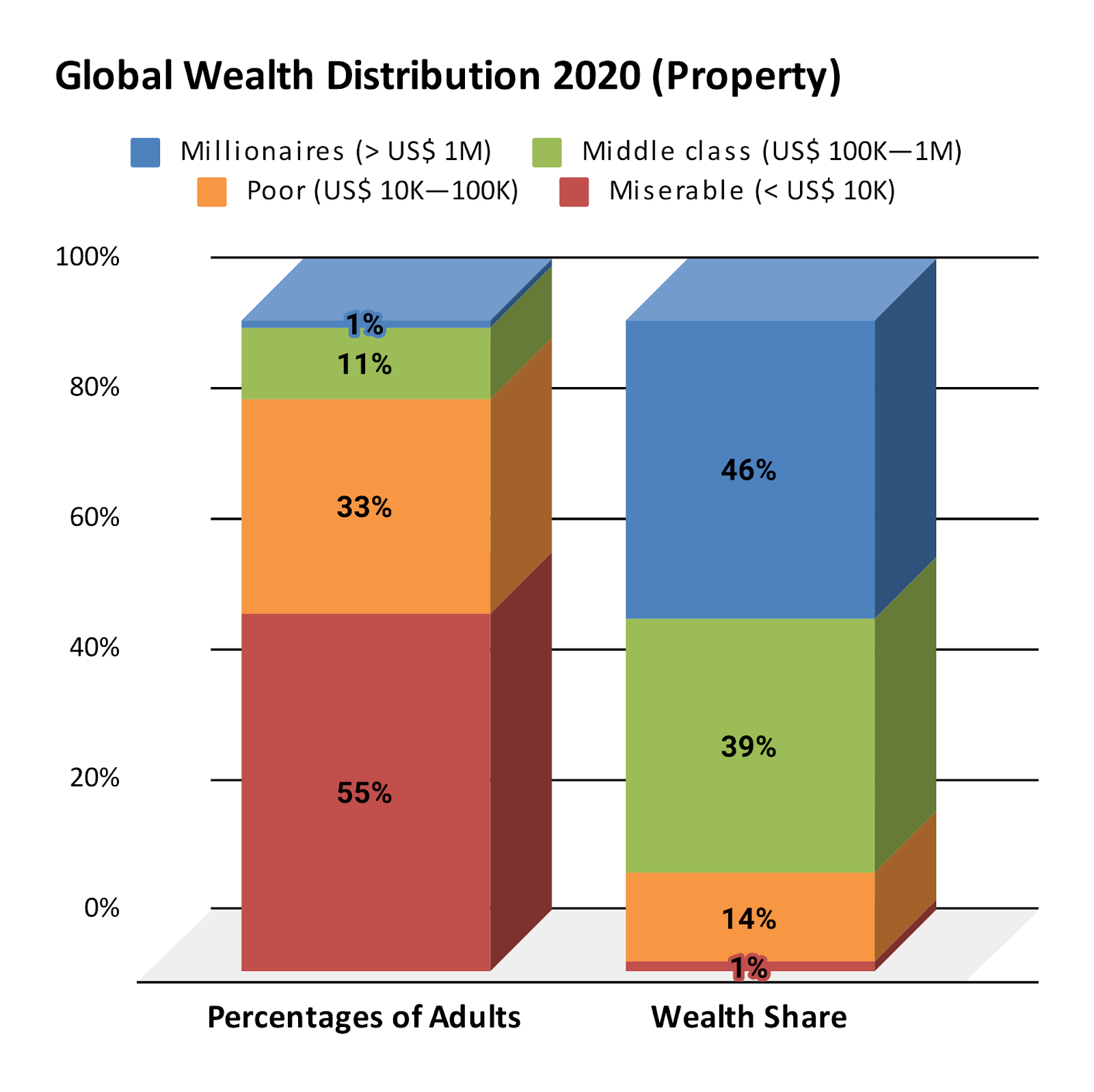IMFs Shady Poverty Paper
Let them eat cake - at market value

In the face of increased poverty and growing inequality in India since the poorly managed pandemic, a recently published IMF working paper argues that the country’s poverty and inequality levels have in fact reduced (poverty ≤ 1% and Gini value of 0.292).
Written by Surjit Bhalla, Karan Bhasin and Arvind Virmani, the paper claims to conquer a limitation of existing poverty estimates, which exclude in-kind transfers to households when calculating their consumption expenditure.
The authors write, “Unlike most studies, we consider, investigate, and document the poverty and distributional consequences of the pandemic support measures announced by the Indian government”.
The reason they give is that poverty estimates based on household consumption expenditure “overestimate poverty rates, unless the estimation method incorporates the effects of in-kind transfers.”
Transfers in kind may include foodgrains, meals, education etc.
The paper ignores the new poor – people who would have exited poverty if not for the pandemic lockdowns, and those who were pushed into poverty because of them – and its findings are striking.
It finds only 0.8% of Indians living in extreme poverty, quite unlike the many other reports that account for 23 crore Indians having been pushed into poverty by the pandemic and government response.
This sheer difference is due to the effect of the authors’ subsidy adjustments on poverty.
Citing the same flaw in assessment, they estimate that India’s consumption inequality has changed very little over the last 30 years.
Their estimates ignore the precarious problem of relative income and consumption inequality which grew during the pandemic.
For instance, did transfers of foodgrain so the poor could feed their stomachs also give their children access to e-platforms to attend classes?
Are any such transfers being provisioned with an eye to the geographical complexities of nations?
And are the pandemic’s emotional pressures distributed equally across the country’s social, political and economic classes?
A humongous “NO” can only suffice as an answer to these questions, and many have questioned the validity of such estimates.
Setting that aside, to understand the authors’ innovation it is important to know that “a transfer in kind consists either of the transfer of ownership of a good or asset, other than cash, or the provision of a service, without any counterpart,” an OECD definition.
The authors contend that the market value of the fiscal transfers in kind – the price that would have been paid in the absence of fiscal provisioning – should be included in the recipients’ actual consumption expenditure, to avoid overestimating poverty and inequality.
The reason they put forward is that in the absence of such transfers in kind, the poor would be liable to pay for the needs met by those schemes. So their market value should be included in the consumption expenditure of the poor.
While counting transfers in this way can bring some statistical respite, it will be futile for real people, for the following reasons.
Over the years the poor have been subsidised not only to consume (eg PDS) but also to produce (eg MSP).
First, in-kind transfers in consumption mostly represent only food grains, which hardly constitute the average Indian meal, or a nutritious one. Programmes like PDS only give the poor some disposable income to invest towards the growth and development of their family and community.
Second, the figure that comes up is a misrepresentation of reality, as poverty is no longer confined to consumption deprivation. It now includes deprivation of education, sanitation, medical provision, technical accessibility and other dimensions of contemporary life.
Third, the results fetched here are not real, i.e. they are not relative in nature. In absolute terms India may have brought many out of impoverishment, but in relative terms (to fellow Indians, neighbours and foreign countries) Indians are falling lower every day.
Fourth, in methodological terms too such a calculation can be difficult to interpret, as over the years (with changing price levels) it may yield different values for transfers of foodgrain etc, and thereby different estimates of poverty.
Lastly, calculating transfers in kind at the market value means you are including the value addition and profit in the prices, which does not adhere to the principles of a welfare state like India.
At a time when the economy is structurally suffering from a lack of credible data sources to support evidence-based policymaking and a well-informed public, such methodological innovations can be highly misleading, and encourage a fabricated representation of the grim reality.
Kaibalyapati Mishra is a doctoral student in economics at ISEC Bangalore

Wikipedia/Leandrosalvador from Credit Suisse 2021



